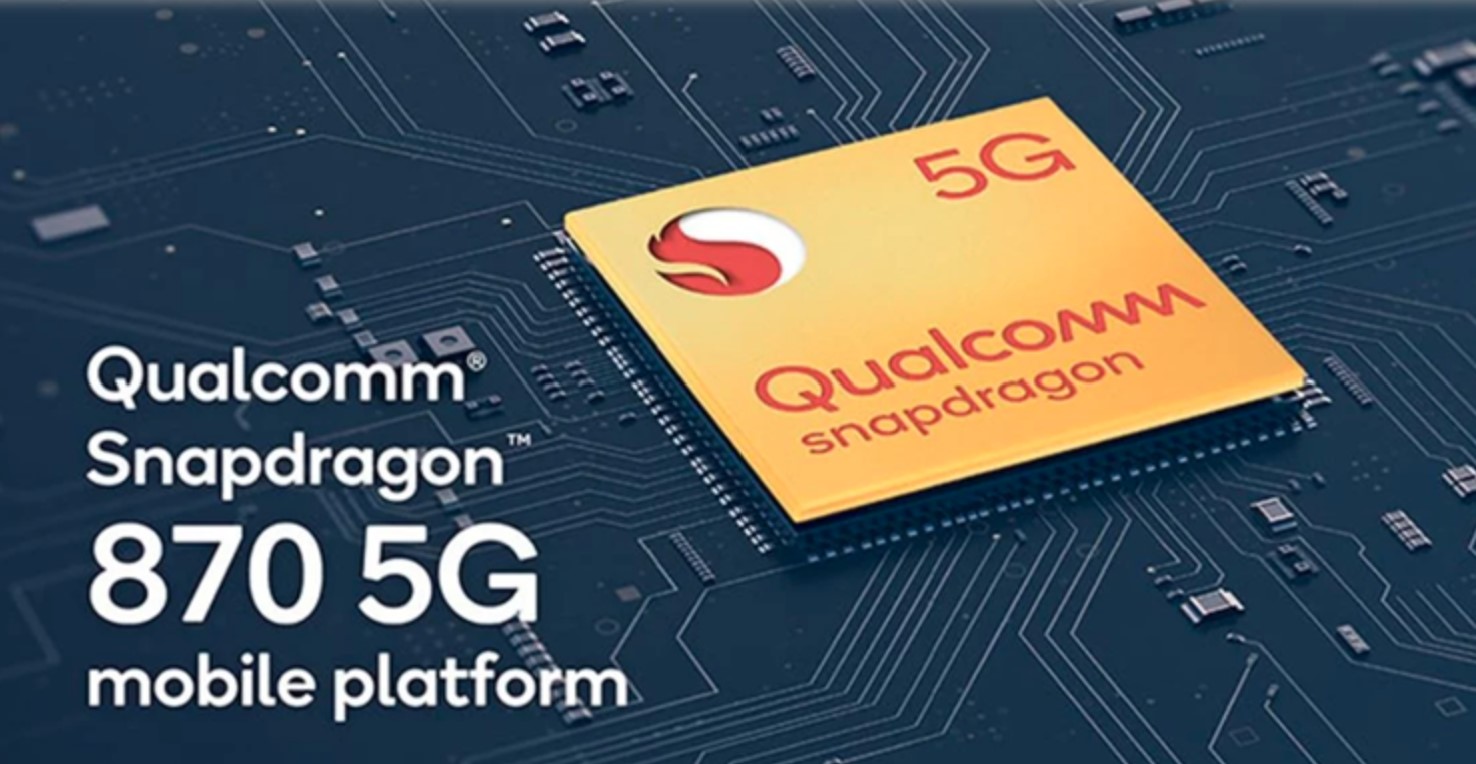Qualcomm Snapdragon 895 will use Samsung 4nm process, Not made by TSMC
Recently, Qualcomm Snapdragon 888 successor SM8450 (Snapdragon 895) has been circulating on the Internet, and it is rumored that it will be manufactured using a 4nm process. Its CPU will use the core of the Armv9 architecture, which are a Kryo 780 Prime (Cortex-X2), three Kryo 780 Gold (Cortex-A710) and four Kryo 780 Silver (Cortex-A510), and the GPU is Adreno 730, VPU and DPU are Adreno 665 and Adreno 1195, respectively, to further improve machine learning capabilities and enhance security. At the same time, it is equipped with the Snapdragon X65 5G baseband, which provides a data transmission speed of up to 10Gbps, which is higher than the 7.5Gbps of the Snapdragon X60.

In the eyes of many people, the next generation of high-end Snapdragon chips will return to TSMC production. On the one hand, Qualcomm’s strategy has always been to replace the foundry at an appropriate time to ensure the capacity and profit it needs. Qualcomm and TSMC have previously reached an agreement to sign a new order, and at the same time launched the Snapdragon 778G using TSMC’s 6nm process.
But the situation seems to be different from what everyone thinks. According to Wccftech, the latest news is that both Qualcomm Snapdragon 895 and Samsung Exynos 2200 will be manufactured using Samsung’s 4nm process. Not long ago, there were rumors that the Snapdragon X65 5G baseband has adopted Samsung’s 4nm process, and this cooperation will continue to the new generation of Snapdragon 895.
Perhaps for Qualcomm, choosing TSMC’s 4nm process is not a good deal, although the process technology may be more advanced. There is also a very important reason, that is, TSMC’s 4nm process capacity is booked, and Qualcomm has no way to allocate enough capacity. This situation may also continue to the 3nm process, and there has been news that Apple has obtained the first batch of supply rights for these advanced process nodes, causing Qualcomm to choose Samsung as a last resort.





